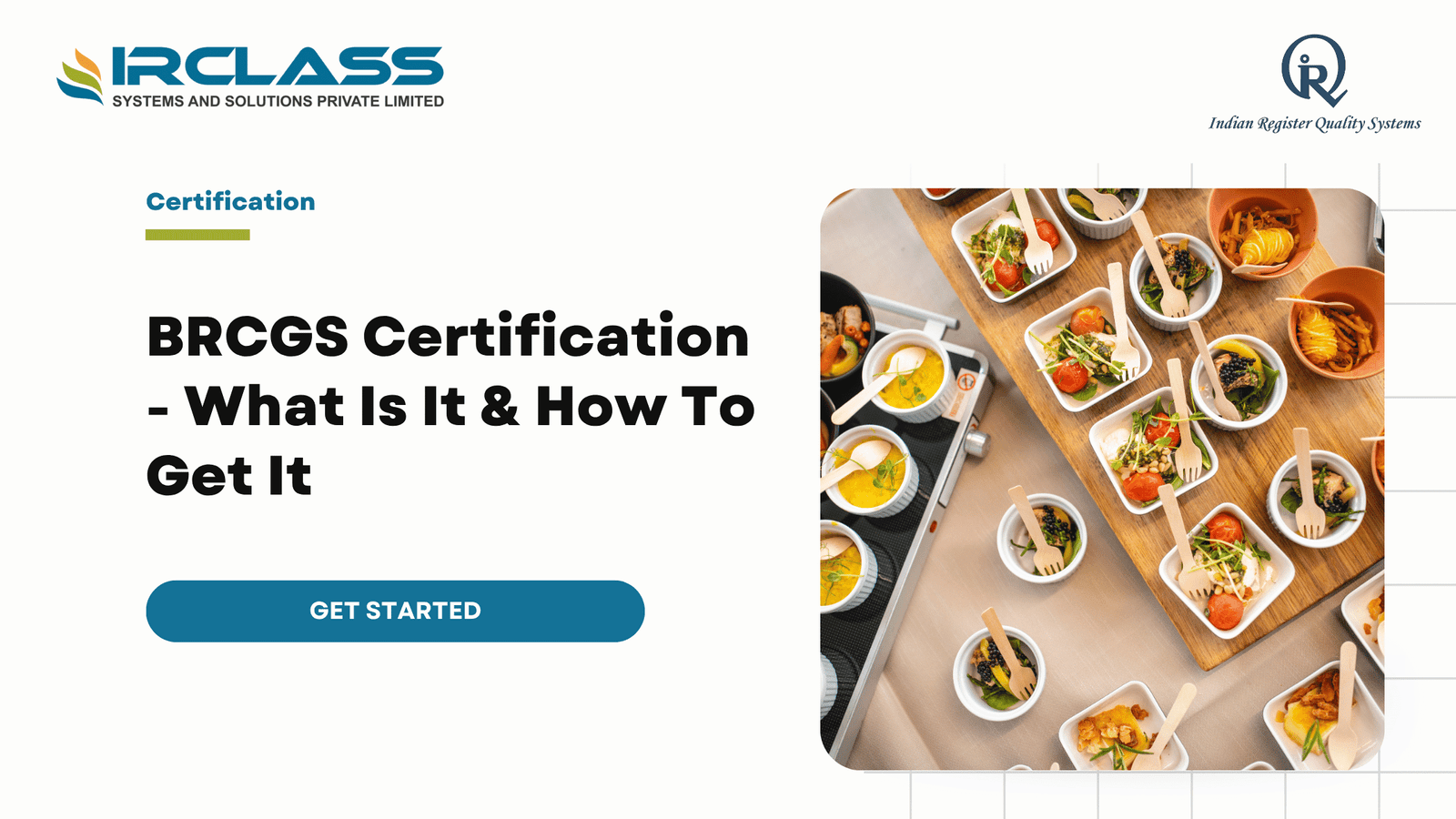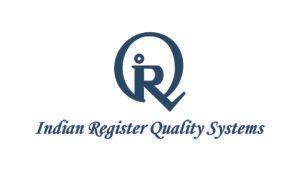Category: SOC 2 Compliance
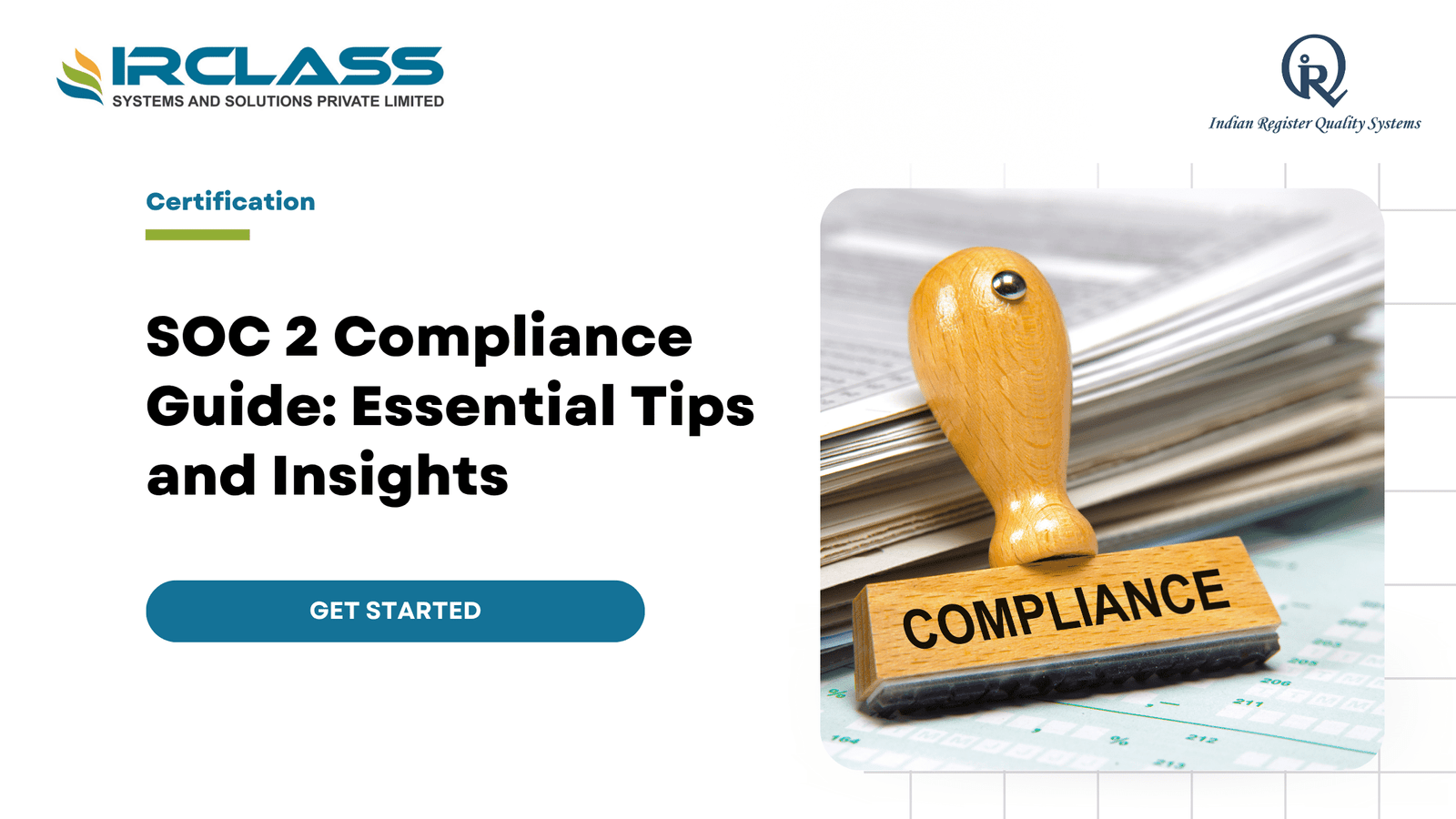
SOC 2 Compliance Explained: 7 Secrets Every Tech Leader Must Know!
SOC 2 compliance is not just a checkbox. It’s a trust signal. If you’re running a tech company or scaling a startup, you’ve probably heard about it in investor meetings, customer onboarding, or boardroom talks. But the truth is, most leaders still don’t fully understand what SOC 2 really means—or what it takes to get there. It’s not just about avoiding fines or meeting some legal requirement. It’s about showing the world that your company takes data security seriously. And in 2025, that matters more than ever. Whether you’re building SaaS, handling customer data, or offering any digital service, your customers want to know their data is safe. SOC 2 gives them that assurance. But going after it without a plan can cost you months and thousands of dollars. That’s why these 7 secrets matter. SOC 2 Isn’t a One-Time Job SOC 2 is not a one-and-done report. It’s a continuous process. Once you get certified, you need to stay compliant every day, not just once a year. Think of it as a lifestyle for your company’s data. Many companies get caught off guard during the renewal phase because they didn’t build long-term habits. Tools and policies help, but it’s your culture that keeps you compliant. That culture needs to start at the leadership level. You Don’t Need to Be Big to Get SOC 2 Some startups wait too long to start thinking about SOC 2. They think it’s something only enterprises need. That’s not true anymore. Even early-stage companies are being asked for SOC 2 reports by customers, especially in B2B deals. If you’re storing customer information, you’re a candidate. Being small doesn’t excuse you. In fact, getting certified early can help you close bigger clients faster. SOC 2 Type I vs Type II—Know the Difference This is where many people get confused. SOC 2 Type I checks if you have the right systems in place at a single point in time. It’s like taking a picture. Type II checks if those systems actually work over time—usually over a 3 to 12-month period. That’s more like a video. Most companies start with Type I because it’s quicker. But serious customers ask for Type II. You’ll need both, eventually. Plan for it early. Automation Won’t Save You Without Process Yes, there are plenty of tools that claim to automate SOC 2 compliance. But without clear internal processes, those tools won’t help. Compliance still needs humans to define policies, assign access, and review incidents. A lot of companies invest in tech stacks before they invest in basic security policies. That’s backwards. Define your policies first. Then pick the right tools to support them. Trust Services Criteria Are Not Just Checklists SOC 2 is based on five trust principles—security, availability, processing integrity, confidentiality, and privacy. But they’re not just checklists. They’re a framework for how your company handles data at every level. Each of these principles touches multiple teams—IT, engineering, HR, legal, and product. SOC 2 forces cross-functional discipline. You can’t leave it all to the CTO. SOC 2 Reports Are Meant for Clients, Not Just Auditors Your auditor isn’t the only person who will see your SOC 2 report. Clients, partners, and even regulators might ask for it. That’s why it needs to tell a story. A good SOC 2 report explains how your systems work in plain English. It doesn’t just throw technical jargon. Executives need to be involved in shaping that story. A technical report without business context won’t build trust. You’ll Never Be 100% Ready—Start Anyway Many companies delay the SOC 2 journey because they think they need everything perfect. That’s a mistake. You can start with what you have and improve as you go. What matters is that you show intent, take real steps, and commit to continuous improvement. The biggest obstacle is fear—fear of gaps, audits, and unknowns. But those fears shrink when you take the first step. Get a readiness assessment. Document your controls. Train your team. Action beats analysis every time. 5 Things You Can Do Right Now Your Reputation Is Built on Trust SOC 2 is more than a technical standard. It’s a business enabler. It can shorten sales cycles, strengthen partnerships, and attract enterprise clients. But more than that, it protects your brand. And once trust is broken, it’s hard to win it back. Founders and tech leaders who take SOC 2 seriously stand out. They show maturity. They show that they’re ready for growth. In today’s market, that’s everything. Getting SOC 2 right early saves time later. No last-minute scrambles. No lost deals because a security review went sideways. It shows investors and customers that you’re thinking ahead. That you’re building something solid, the companies that win are the ones that prepare before they’re forced to. You don’t need a big security team to get started. You need a clear plan and the right support. That’s where firms like IRQS come in. They’ve done this before—and they know what matters when everything’s on the line. Work with a Partner Who Knows the Space SOC 2 compliance can feel like a maze. That’s why it helps to work with people who’ve done it before. Indian Register Quality Systems (IRQS) has guided companies across industries through complex compliance frameworks. Their team understands what tech leaders need—not just to pass an audit, but to build lasting trust. If you’re starting your SOC 2 journey, this is where to begin. IRQS doesn’t just offer checklists—they help you understand what matters and why. From identifying gaps to preparing for the audit, they bring clarity at every step. You’ll know what your auditors expect and how to meet those standards without wasting time. They’ve worked with startups, large enterprises, and everything in between. That means they’ve seen what works—and what doesn’t. If you’re building a product that handles customer data, this isn’t optional. Get it right the first time. Work with people who already know the path.
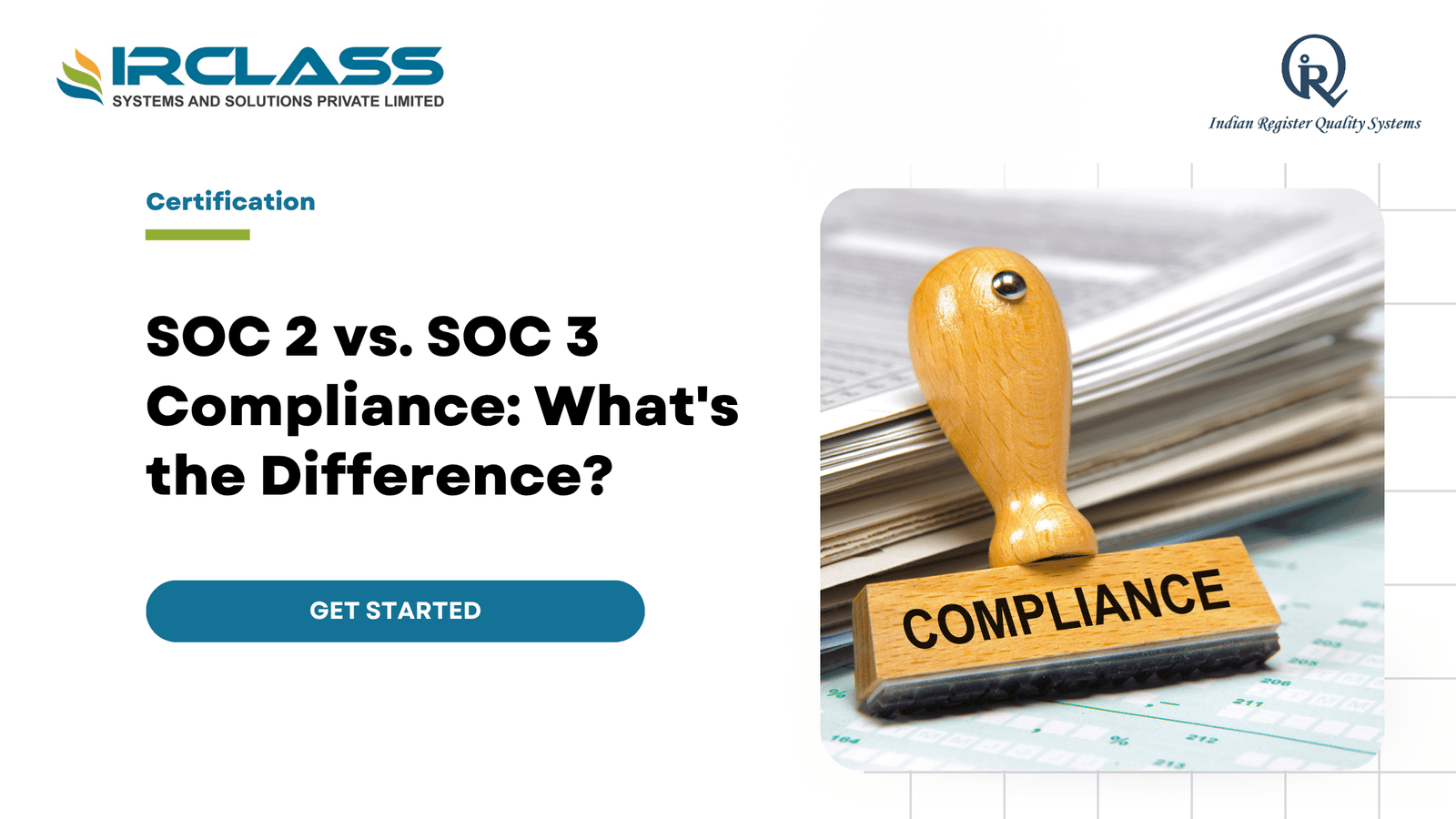
SOC 3 vs. SOC 2: Which Compliance Report Suits Your Business Needs
In today’s fast-paced digital world, data privacy, security, and trust are non-negotiable. Businesses are under pressure not only to protect customer data but also to demonstrate their commitment to doing so. For service providers, particularly those in cloud computing, SaaS, and IT-managed services, SOC (System and Organization Controls) reports have become the gold standard. But a common dilemma persists: should you opt for SOC 2 or SOC 3? Both reports serve to build trust and transparency, but they do so in very different ways. Understanding these differences can mean the difference between meeting your industry’s baseline expectations and exceeding them in the eyes of your stakeholders. The Essence of SOC Reports After a detailed audit, third-party Certified Public Accountants (CPAs) or accounting firms issue the SOC reports. The criteria come from the Trust Services Criteria set by the American Institute of Certified Public Accountants (AICPA). They are security, availability, processing integrity, confidentiality, and privacy. Both SOC 2 and SOC 3 are built around the same set of criteria. However, the goal, intended audience, and the amount of detail are not the same. A company looking for compliance or trust must make this distinction. SOC 2 provides detailed information for informed stakeholders The purpose of a SOC 2 report is to provide business partners, auditors, regulators, and stakeholders with a detailed look at your organization’s approach to handling sensitive information. They examine your internal controls, how you work, and your security measures. SOC 2 reports are made up of Type I, which is about the controls’ design at a single point, and Type II, which examines their actual operation over time. If a business wants to prove that their internal controls are working in practice, SOC 2 is the best choice. For those who handle personal, financial, or intellectual information, a SOC report is essential to gain confidence that goes beyond what is said in marketing. The main benefit of SOC 2 is that the audit covers many important aspects. All details of your data protection steps are recorded. Having policies is important, but it’s even more important to implement and enforce them. SOC 3 provides a simple way to give the public confidence in assurance Unlike SOC 2 reports, SOC 3 reports are short and written for everyone to understand. SOC 3 is a simplified version of SOC 2 Type II that you can safely share on your website. It proves that your company meets the Trust Services Criteria without disclosing confidential information. This service is built for marketing and PR professionals. It guarantees that potential customers and the public trust your data protection, without them needing to know every technical detail. This works well when your business depends on the public having confidence in you, but the details of your control environment don’t need to be shared with every stakeholder. Important Differences You Should Know The decision between SOC 2 and SOC 3 is influenced by the needs of your audience. Most of the time, SOC 2 is required by contract, while SOC 3 adds value to your brand. The principles underlying both reports are identical. It all comes down to how much information your audience wants and how certain they want to be. Make sure SOC Reports are in line with your company’s targets The industry you work in, your business approach, and the regulations you face all play a role in your decision. As an example, a healthcare software company must comply with HIPAA and, because of that, may be required to have SOC 2. Another situation is when a tech startup aims to build trust with customers and expand by presenting a SOC 3 report to show its compliance. Most organizations in the financial, educational, and legal fields, where both risk and data security are important, tend to select SOC 2. SOC 3 is a good fit for those who want to focus on security but do not want to reveal sensitive audit details. It’s worth noting that these reports are not separate from each other. Many companies choose to obtain SOC 2 for their employees and partners, and SOC 3 for the public. Building Confidence With Certification The goal of any report is to earn trust from your audience. In fact, trust is now the most important form of currency in business. If your stakeholders think you pay close attention to data integrity and privacy, they are more likely to join in, invest, and remain loyal to you. Still, gaining that trust is not possible only by having policies and technology; it must be backed up by an independent check from a respected authority. That is why an accredited certification partner is so important. The Importance of Certification Bodies An effective certification body looks at more than just the basics. These guidelines show your company how to follow best practices, address weaknesses, and maintain strong compliance. They help by evaluating and guiding you. They help make your path to SOC 2 or SOC 3 certification effective and easy. So, picking a reliable and credible certification partner matters just as much as picking the correct SOC report. The Future of Compliance The faster digital transformation moves, the more important it will be to manage data transparently. People are now more worried about their privacy. Government regulations are getting tighter. The world of business is becoming louder, and trust is becoming a less common commodity. SOC reports are now a required part of doing business. They are valuable for strategic reasons. No matter if you’re dealing with large enterprises, looking for funds, or expanding worldwide, being committed to compliance makes you unique. SOC 2 and SOC 3 go beyond ensuring today’s standards are met. They help your business adapt to changes in expectations that happen every minute. In Conclusion The question for organizations isn’t which is superior, but which is more suitable for your situation. They both play a role. They both help to build trust. They can contribute to making your brand stronger. However, if

SOC 2 Report: A Strategic Guide to Compliance & Competitive Edge
SOC 2 Report A SOC 2 Report validates an organization’s controls for security, availability, processing integrity, confidentiality, and privacy (Trust Services Criteria). IRQS’s expertise helps businesses navigate Type 1 (design) and Type 2 (operational) audits, reducing compliance costs by 40% and accelerating sales cycles by 30%. Did you know 68% of enterprises lose deals due to inadequate security compliance? With data breaches costing $4.45M on average in 2023, a SOC 2 Report isn’t just paperwork—it’s your shield against financial and reputational disaster. Key Takeaways Understanding SOC 2 Reports: Beyond Compliance Why SOC 2 Matters in 2025 SOC 2 has evolved from a “nice-to-have” to a non-negotiable for SaaS, healthcare, and fintech firms. Post-pandemic, remote work and cloud adoption have spiked scrutiny on data security, with 72% of enterprises requiring vendors to provide SOC 2 reports (Ponemon Institute, 2023). Types of SOC 2 Reports Demystified Factor SOC 2 Type 1 SOC 2 Type 2 Scope Control design at a single point in time Operational effectiveness over 6–12 months Depth Snapshot evaluation Longitudinal analysis Ideal For Startups seeking initial compliance Enterprises needing ongoing assurance Avg. Cost $15K–$30K $30K–$60K IRQS Insight: Type 2 reports now include optional Environmental, Social, and Governance (ESG) metrics—a 2024 differentiator for conscious consumers. Anatomy of a SOC 2 Report: What Auditors Really Check 5 Critical Sections Strategic Benefits of SOC 2 Compliance Market Differentiation Risk Mitigation Operational Efficiency Preparing for a SOC 2 Audit: IRQS’s 4-Step Blueprint Future Trends in SOC 2 Compliance Conclusion A SOC 2 Report is your gateway to client trust and market leadership. With IRQS’s blend of expertise and tech-driven tools, businesses transform compliance from a cost center to a revenue catalyst. Call to Action: Start your SOC 2 journey today. Explore IRQS’s SOC 2 Compliance Services. FAQs Q1: How long does a SOC 2 audit take?A: Type 1: 2–4 weeks; Type 2: 6–12 months (includes observation period). Q2: Can startups skip Type 1 and go straight to Type 2?A: Not recommended—Type 1 identifies design flaws early, saving 3x costs later. Q3: Does SOC 2 cover GDPR compliance?A: Partially. Use IRQS’s GDPR-SOC 2 Crosswalk for alignment. References

Why SOC 1 Reports build trust with clients and stakeholders
In today’s business, we build success based on trust. Trust is important since the organizations depend on it to establish interactions with clients and stakeholders and when it comes to this then they are expected to be transparent, accountable and reliable. In case of businesses that outsource the services, this trust is even more important to prove. The first such reports are the SOC 1 reports (System and Organization Controls reports) which are the first reports to provide a solid framework for the building and maintaining of trust through evidenced verified control systems. This article will cover what are SOC 1 reports, how they are used to prove accountability, the benefits to clients and stakeholders, and real life examples of how they help foster trust. 1. Trust in Business Trust isn’t a value, it’s a currency that enables long term business success. Sharing sensitive data (of which there is much) takes place in industries like financing, IT, and healthcare; therefore, trust is not negotiable in the operations of these industries. The security of their data management and the reliability of their service need to be reassured to customers and stakeholders. However, verbal reassurance isn’t enough to build trust. Organisations are now required to prove to the world with concrete evidence that the systems, processes and controls used in their operations are in line with industry standards. Frameworks such as SOC 1 are where that comes to play. The American Institute of Certified Public Accountants (AICPA) develops SOC 1 reports that evaluate an organization’s internal controls over financial reporting effectiveness. Businesses use SOC 1 reports as a way to assure their clients and stakeholders that their systems are not only efficient, but secure, reliable and transparent as well. 2. Why SOC 1 is an Indication of Accountability Basically, a SOC 1 report is a proof of responsibility of an organization. Of special interest to those organizations that outsource financial services (such as payroll processing, fund management and accounting services) the standard is designed to determine and verify that an organization has controls in place that will lead to accurate financial reporting. Here’s how SOC 1 reports demonstrate accountability: Independent Verification SOC 1 audit is done by an independent third party auditor to assess an organisation’s internal controls. It’s an impartial verification, which provides clients and stakeholders with unbiased assurance of credibility. Transparency in Operations SOC 1 reports break down the processes and controls an organization has in place in great detail, allowing you to see exactly how the organization operates. The transparency reduces trust and uncertainty’s degree, particularly in high stakes industries. Risk Mitigation SOC 1 audits assist organizations in identifying potential control weaknesses and then proactively correcting them. This further demonstrates commitment to continuous improvement and risk management and also improves operational efficiency. A SOC 1 report is, basically, a badge of accountability: an organization that cares enough about its integrity and trustworthiness will get one. 3. It’s good for Clients and Stakeholders SOC 1 reports benefit clients and stakeholders with multiple benefits adding to building the trust and the basis for the long term relationships. For Clients For Stakeholders SOC 1 reports therefore create a win-win situation for service providers, and its clients and stakeholders; where smooth, secure and reliable operations are carried out. Case Studies/Examples To illustrate how SOC 1 reports can help you in the real world, let us look at a few examples of organizations that used SOC 1 reports to establish credibility and success. Example 1: Payroll Service Provider A global payroll service provider had a multinational client who wanted assurance that employees were being paid in the right way, and in compliance with local regulations. The provider had systems and processes in place and proved it with a SOC 1 report showing it was in compliance with robust control standards. But this helped not only cement client relationships, but also secure contracts with larger enterprises that needed to be compliant. Example 2: Financial Management Firm Stakeholders at a mid size financial management firm managing portfolios of high net worth individuals were starting to become concerned about data security and reporting accuracy. A SOC 1 report proved the strength of the firm’s financial reporting controls, which in turn improved the reputation of the firm and the firm’s ability to acquire new clients. Example 3: IT Outsourcing Company A SOC 1 report can be used by an IT outsourcing company to demonstrate that its internal controls were functioning and were used to implement financial applications for its clients. This was a key report in allowing us to keep a key client who was in the process of evaluating other vendors. The client had the transparency the outsourcing firm’s operations gave them through the SOC 1 report. These examples demonstrate how the SOC 1 reports can be used as tools to transform challenges into opportunities to build trust and relationships. Conclusion With trust and accountability more important than ever, SOC 1 reports offer a strong way organizations can demonstrate their commitment to transparency and reliability. SOC 1 reports are important for clients and stakeholders to receive independent verification that the data they are managing is secure and that the financial reporting that they need is accurate. Long term success can be achieved through the use of SOC 1 reports to improve compliance and manage risks, forge stronger client relationships and stakeholder confidence. They are an invaluable resource for any industry that demands exceptional reliability and security, because of their ability to build trust. For an organization seeking to build and sustain trust, the road to obtaining the SOC 1 report can be easy if you choose to partner with an expert such as IRQS (Indian Register Quality Systems). IRQS has decades of experience in quality assurance and certification, helping organisations meet international standards, so that it can be possible for organisations to develop better, more reliable relationships with clients and other stakeholders.
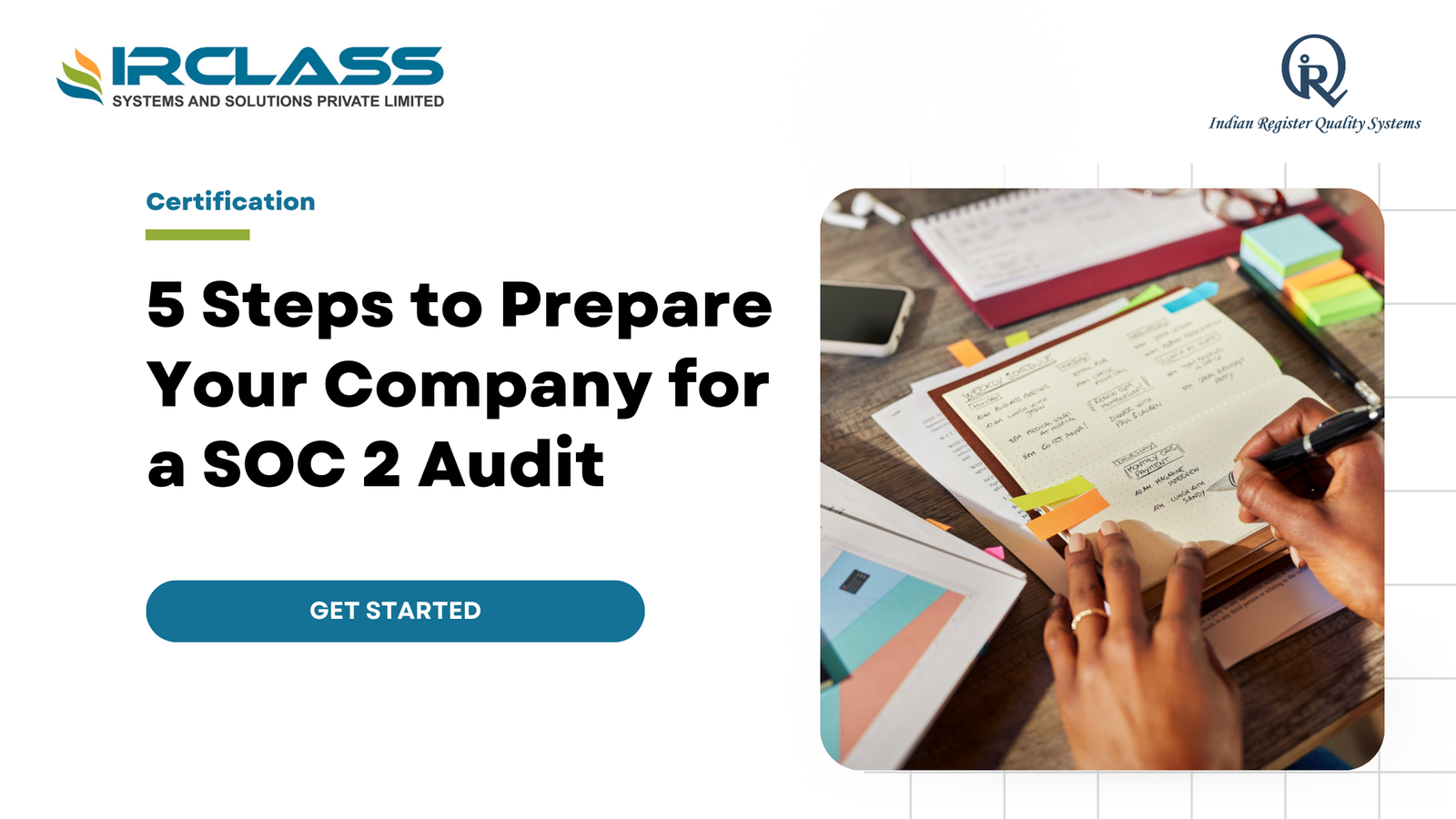
5 Steps to Prepare Your Company for a SOC 2 Audit
Today, protecting customer data is now an existential concern for businesses. If you are providing SaaS or managing sensitive client data, it is often an important milestone to achieve SOC 2 compliance. SOC 2 (Service Organization Control 2) is a framework designed to ensure that service providers securely manage data to protect the privacy of their clients. Here, we are going to cover the 5 critical steps you must take before a SOC 2 audit and how to get started on your journey of being compliant. 1. Understanding SOC 2 Requirements The first step in preparing for a SOC 2 audit is to comprehend what you are getting yourselves into. SOC 2 is not one size fits all as the certification you achieve will depend on your services and the systems supporting them. There are five Trust Service Criteria (TSC) at the center of the SOC 2 framework: security, availability, processing integrity, confidentiality, and privacy. Only security is a must-have; for the rest of them, you must pick as per your business’s nature & customer requirements. It is important to understand which of these criteria apply to your organization as they will determine the scope for audit. For instance, if an organization deals with sensitive personal data, confidentiality, and integrity attributes could be quite high on the audit scale. 2. Performing a Gap Analysis After you have a good understanding of what SOC 2 requirements are, now do the gap analysis. This is the process of determining what you are already doing in terms of security and operational controls that meet those SOC 2 criteria. It will show the areas where your organization is lagging, and you can work on them before moving to an actual audit. Before you conduct a gap analysis, evaluate your current policies and procedures to determine if the controls are in place for each relevant Trust Service Criteria. Uncover any potential vulnerabilities or deviations from the SOC 2 tier. You may have robust firewall protections but lack proper procedures for responding to incidents or control within your team. 3. Implementing Controls and Remediation The second important and logical step after the assessment of the current security position is the deployment of security controls and correction of observed deficiencies. This phase entails making tangible steps to close the gaps identified in your analysis and guarantee that your systems are SOC 2 compliant. Start by ranking the gaps according to the relevance that they have to the organization and the amount of work that will be needed to fill them. Issues that have high risk implications for security or data privacy should be considered for action first. For example, if you find out that access controls are inadequate, then put in place RBAC and MFA throughout your organization. Next, pay attention to the creation of the technical controls necessary to meet the selected Trust Service Criteria. This may include the use of encryption for data in transit and data at rest, installing monitoring systems or intrusion detection systems. Just a reminder that these controls have to be not only applied but also validated to prove that they work as planned. Another important factor in this implementation phase is the training of the employees. Your team has to adapt to new processes and security measures in the organization. Provide broad training in security awareness as well as training on the specific requirements of SOC 2. This way you make certain that your technical controls are backed up by adequate human supervision and comprehension. In this phase, it is necessary to monitor the progress and keep records of all the implementation and alterations made. These records will be useful when you get to the documentation phase and will serve to show your compliance journey to the auditors. 4. Preparing Documentation Documentation plays a huge role in the process of getting audited for SOC 2. Rather than just examining your security controls, auditors will look at your written policies and procedures to confirm that they are implemented and also followed consistently. Thus, it is necessary to document thoroughly and accurately. The first step is to document your organization’s policies, and procedures for each Trust Service Criteria that applies to your audit. These policies will detail your company’s approach to data security, availability, confidentiality, and privacy. Specifically, your data retention policy should outline the period for which sensitive information is kept and how it is disposed of (secure erase) after a period of non-use. Your incident response plan should contain a narrative of what it is that you are going to have your team do when something (really) bad happens in some type of special breach. Records should also be available on employee training, system monitoring, and internal audits. These documents show that there are not only policies, but they are enforced as well. Maintain SOC 2 documentation in a single repository that is easier to both access and update when going through documents required for the audit preparation. 5. How to Conduct a Pre-Audit Performing a pre-audit can find the last weak spots that need to be adjusted before conducting an official SOC 2 audit. If the real audit is not for a few months yet, then you can even try to pass what we might call an initial exam, or pre-audit. Hiring an independent consultant or auditor to perform your pre-audit can be helpful as they will conduct a more neutral evaluation of both controls and documentation. This way, they can analyze all your systems, and what you might have missed as risks. Having this new perspective on things before the actual audit starts can be valuable for anything that might have been overlooked. You should also take this opportunity to test your organization’s incident response and security controls in a pre-audit. Thus, fixing any critical situations during the pre-audit stage itself can help you clear an official audit and get your SOC 2 certification with ease. Conclusion Having a SOC 2 certification is a way to prove

Achieving SOC 2 Compliance: Ensuring Trust in Data Security
Achieving SOC 2 Compliance: Ensuring Trust in Data Security In the fast-paced digital landscape, data security is paramount for all organizations. Over time, more organizations have become cent percent dependent on technology to conduct business operations. Organizations must handle sensitive information with robust security controls. As a result, ISO frameworks have become critical. SOC 2 is a well-known auditing standard. It was designed by the American Institute of Certified Public Accountants or AICPA. The global standard is essential to assess the information security controls in an organization. SOC 2 audits are ideal to review the effectiveness of the data security system. It also reviews data availability, integrity, confidentiality, and privacy norms. Service Organization Control 2 – A brief outline SOC 2 or Service Organization Control 2 is a set of well-defined guidelines for organizations that need data management and storage. Companies that store, process, access, and transmit sensitive data need the SOC 2 certificate. It provides a well-defined and comprehensive framework for evaluating the effectiveness of an organization’s security measures and practices. Data security, integrity, confidentiality, privacy, etc., are the key focused areas of the SOC 2 framework. Any organization firm can adhere to the trust principles of the certification program depending on the business practices. The framework helps maintain the data systematically with optimal convenience for the organization’s regulators, business partners, and suppliers. Choosing SOC 2 for your organization – Prime benefits Overview of the certification steps – Know it rightly The certification steps for compliance with SOC 2 are – There are two types of SOC 2 reports: Consider the certification – With the help of the framework, create detailed data security and management policies that address the prime trust services of the compliance program. The systematic and proactive approach facilitates risk management, access management, incident responsiveness, and data protection in the long run. An in-depth and comprehensive gap analysis can help identify areas that may fall short of SOC 2 standards. Get a chance to create a roadmap for achieving compliance by considering the certification. Gain in the competition with enhanced reputation Closing note – Ensure continual improvement with SOC 2 compliance SOC 2 certification promotes a consistent upgrade mindset for organizations. The framework helps continuously monitor and enhance the data security controls, policies, etc. Get a chance to conduct periodic audits with the professionals and demonstrate your commitment to data security. SOC 2 assessment is more than just a checkbox exercise because it delivers a systematic solution for safeguarding sensitive customer information without disrupting the integrity of systems and processes. Ensure optimal compliance and gain professionals with the best reputation. Also, compliance offers tangible benefits for all organizations, regardless of the size or industrial sector. Get a chance to prevent data breaches and unwanted financial losses and boost the overall reputation of the organization. Make a prudent choice by considering the ISO certification and ease your worries.
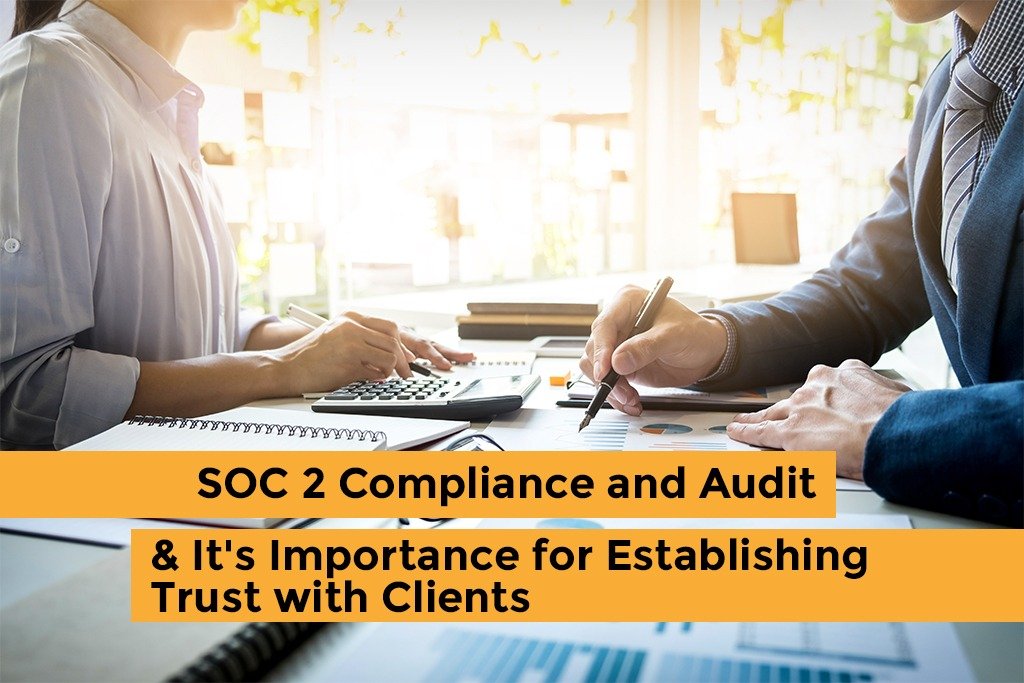
SOC 2 Compliance and Audit & It’s Importance for Establishing Trust with Clients
SOC stands for service organization control. The certification is currently an indispensable part of organizations that function in the IT field. Even businesses providing third-party IT services need it. SOC 2 compliance and reports help develop customer or user trust in the service brand. It also helps in the growth of the business organization. The SOC is issued by AICPA, the abbreviation for American Institute of Certified Public Accountants. It primarily focuses on data risk and protection to bring integrity.
Search
Useful Links
Recent Posts

What Is Carbon Footprint Verification & Why It’s Critical for Your ESG Goals
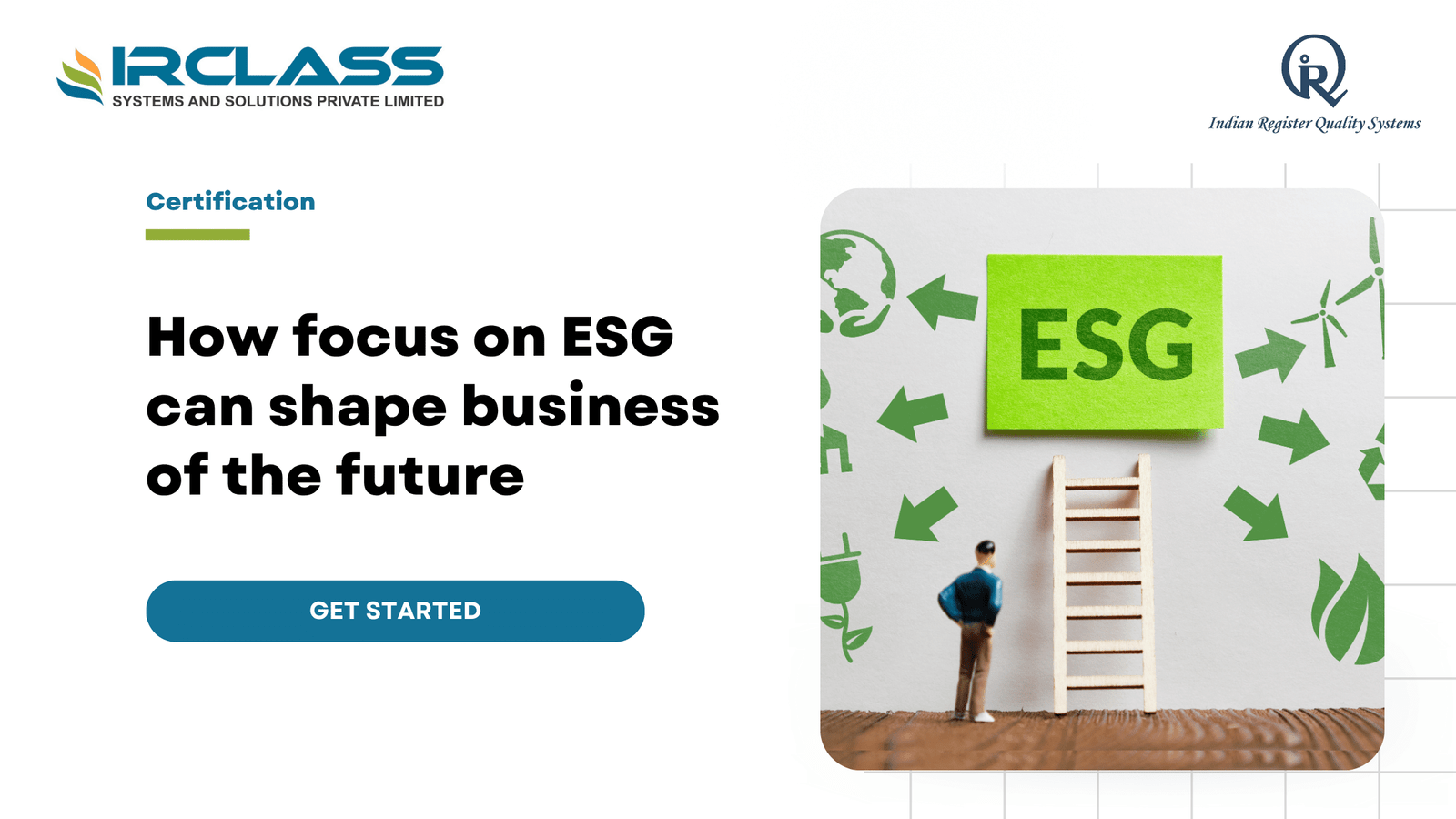
Why ESG Reporting Is the Future of Business Strategy
